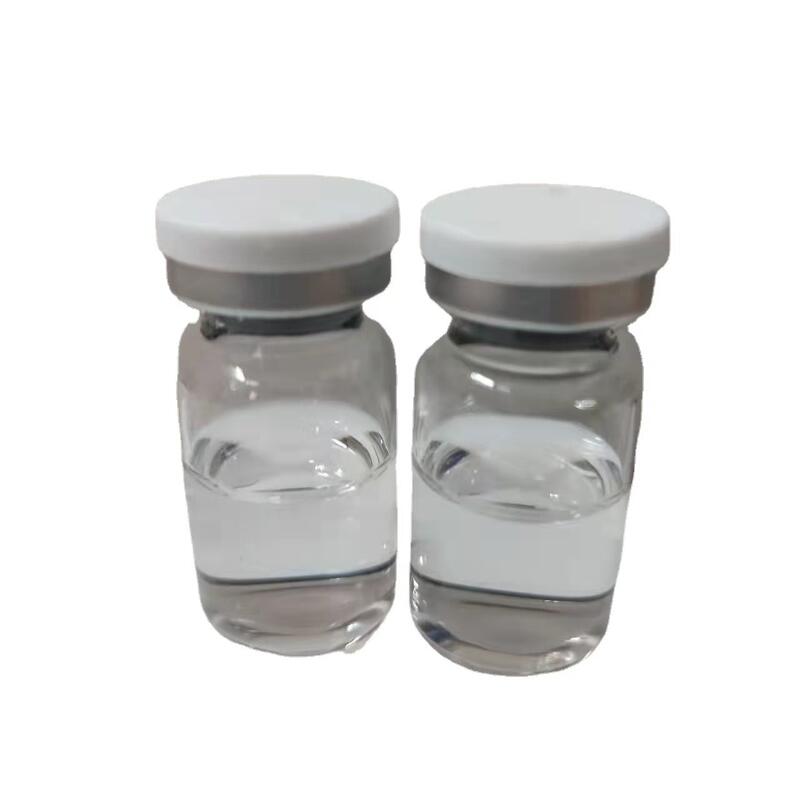-
Categories
-
Pharmaceutical Intermediates
-
Active Pharmaceutical Ingredients
-
Food Additives
- Industrial Coatings
- Agrochemicals
- Dyes and Pigments
- Surfactant
- Flavors and Fragrances
- Chemical Reagents
- Catalyst and Auxiliary
- Natural Products
- Inorganic Chemistry
-
Organic Chemistry
-
Biochemical Engineering
- Analytical Chemistry
-
Cosmetic Ingredient
- Water Treatment Chemical
-
Pharmaceutical Intermediates
Promotion
ECHEMI Mall
Wholesale
Weekly Price
Exhibition
News
-
Trade Service
The production process of (R)-3-quinuclidinol, also known as benzylmethylamine, involves several stages, including synthesis, purification, and isolation.
In the chemical industry, the process involves the use of various chemicals and equipment to ensure that the product is of high quality and meets the necessary standards.
The synthesis stage is the first step in the production process of (R)-3-quinuclidinol.
This stage involves the use of various chemical reactions to produce the compound.
Common chemical reactions used in the synthesis of (R)-3-quinuclidinol include the hydrolysis of N-benzyl-3-trimethylstannoxide, the hydrolysis of N-benzylmercuric chloride, and the reduction of N-benzylmercury chloride using hydrogen in the presence of a reducing agent such as lithium aluminum hydride.
After the synthesis stage, the next stage is purification.
Purification is critical in ensuring that the final product is of high quality and meets the necessary standards.
This stage involves the use of various techniques and equipment, including distillation, crystallization, and chromatography.
Distillation is used to separate the compound from any impurities that may be present in the reaction mixture.
Crystallization is used to obtain pure crystals of the compound, which can then be separated from any remaining impurities using chromatography.
The isolation stage is the final stage in the production process of (R)-3-quinuclidinol.
This stage involves the separation of the pure compound from any remaining impurities.
This can be done using various techniques, including filtration and centrifugation.
In conclusion, the production process of (R)-3-quinuclidinol involves several stages, including synthesis, purification, and isolation.
Each stage is critical in ensuring that the final product is of high quality and meets the necessary standards.
The use of various chemical reactions, purification techniques, and equipment such as distillation, crystallization, and chromatography is essential in ensuring that the final product is pure and meets the necessary standards.







